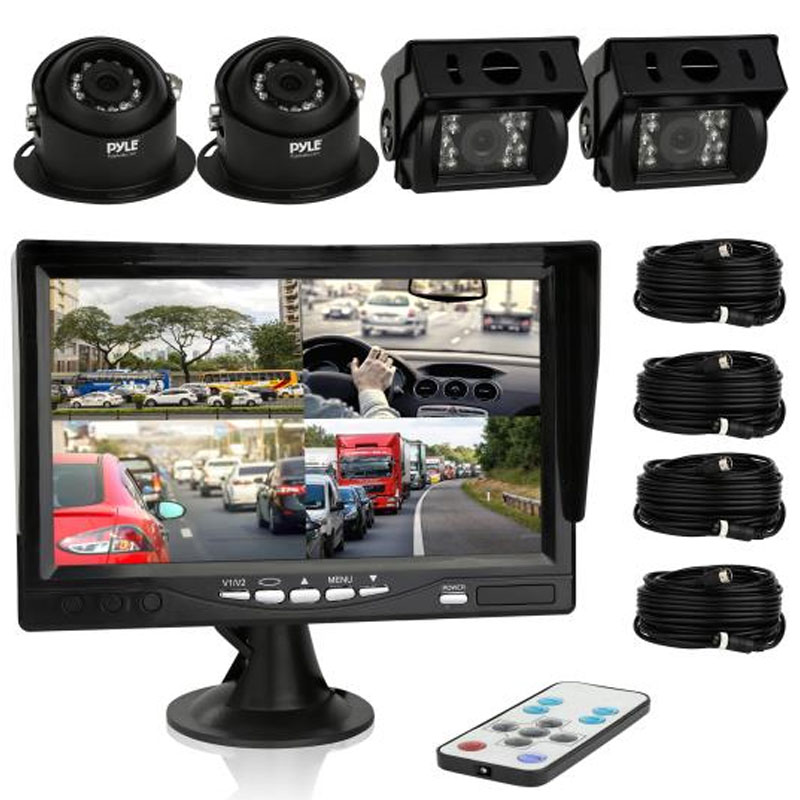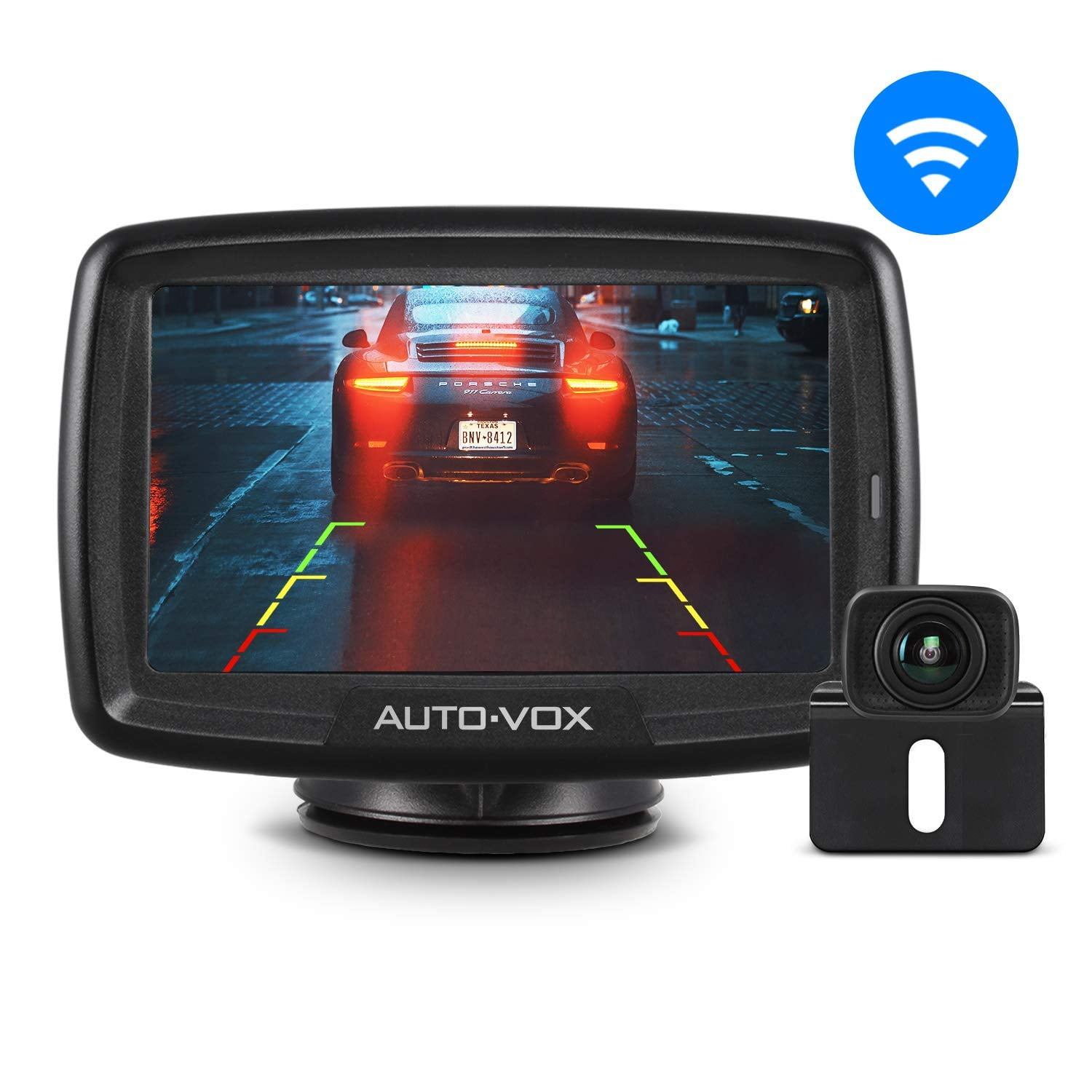
#BACKUP CAMERAS DRIVER#
They also don't warn the driver unless the vehicle or object behind it is moving. The microwave-based sensor systems we tested were not affected by weather but are less sensitive as a group. The ultrasonic systems were generally the most sensitive, but their performance was adversely affected by rain, snow, or other inclement weather. That is especially true with the sensor models we tested. But some states prohibit frames because they can obscure the plate. Other camera and sensor models mount on the license-plate frame. But you would have to remove the system to use your trailer. If you have a trailer hitch, you can consider a model that mounts in the hitch receiver. They might not be the best choice if you lease your vehicle. No matter what type of system you choose, consider the following when deciding on a specific model: Know how the device mounts on your vehicleĬamera and sensor systems that are mounted on the vehicle's bumper or bodywork might require drilling.
#BACKUP CAMERAS PROFESSIONAL#
For wired camera and sensor systems, we recommend professional installation.


Use to decide which best suits your needs. Still, any camera system is more informative than a mere proximity sensor.Īftermarket companies offer three types of backup systems: rearview cameras, sensor systems, and wide-angle lenses. The viewing area from some cameras is quite narrow, and some cameras are prone to fogging up too easily.

But their display is often small, or indistinct, and the add-on mirror assemblies can be quite bulky. Those that use a display built into an inside mirror seem promising, because the mirror is a natural place to look when you're backing up. The parking-sensor systems aren't discriminating enough to act as a truly useful safety device. None of the systems we've tested is ideal. With a camera showing you where the hitch actually is, there's less need for a helper to call out directions to you. Complicated, hard-wired systems are best installed by a professional.īesides scouting for children, a camera mounted near, or in, the rear bumper can come in handy if you're trying to mate up your vehicle with a trailer. Some systems are wireless, but most require wiring that snakes through the vehicle from the camera to the system's video display and on to the car's electric power system. Systems typically use a video screen built into a replacement rearview mirror, an accessory add-on monitor for the existing mirror, or a flat screen that mounts to the inside of the sun visor. A small video camera is sometimes built into a license-plate holder or mounted in a trailer-hitch receiver or on a car's bumper.
#BACKUP CAMERAS WINDOWS#
Camera systems are much better at revealing objects you could not otherwise see through the windows and mirrors.Īftermarket sensor and camera systems allow any vehicle to be retrofitted with some sort of warning device.Īftermarket backup cameras have adopted various designs. When you shift into reverse, the screen shows a wide-angle or fish-eye view to the rear. Other vehicles have backup cameras incorporated into their ($2,000 to $3,000) navigation system and some appear in the rear-view mirror. The sensor systems might work well as parking aids but they aren't informative enough to tip you to the presence of someone, particularly a small child. Many new cars have proximity sensors that beep with increasing frequency when you back toward solid objects. And that zone to the rear is bigger than you might think, ranging from about 25 feet for a minivan to 50 feet for some pickup trucks-plenty of space for an unwary child to be in harm's way. The main reason that back-over accidents are so frequent is that every vehicle has a rear blind zone-the area you can't see from the driver's seat. For the most part, back-over incidents take place in residential driveways or parking lots and about three-quarters of the time it is a parent or close relative who's behind the wheel. The safety advocacy group Kids and cars calculates that two children are killed and 48 are seriously injured this way every week in the United States. Every year, thousands of children are hurt or killed because a driver backing up didn't see them.


 0 kommentar(er)
0 kommentar(er)
